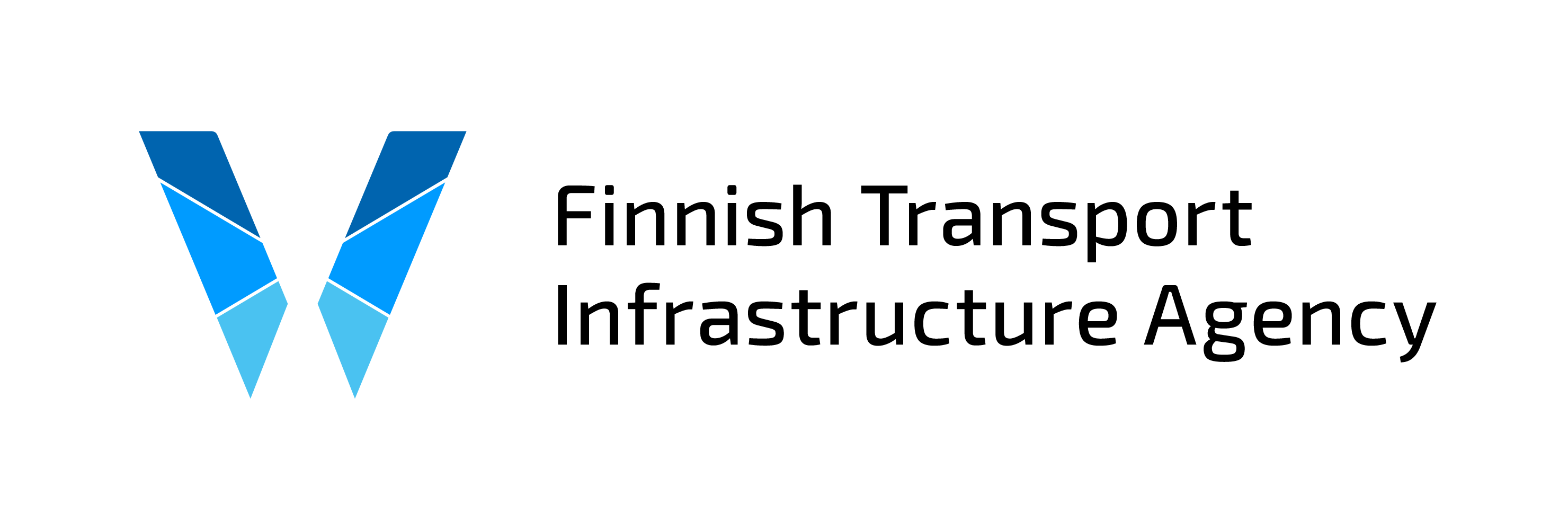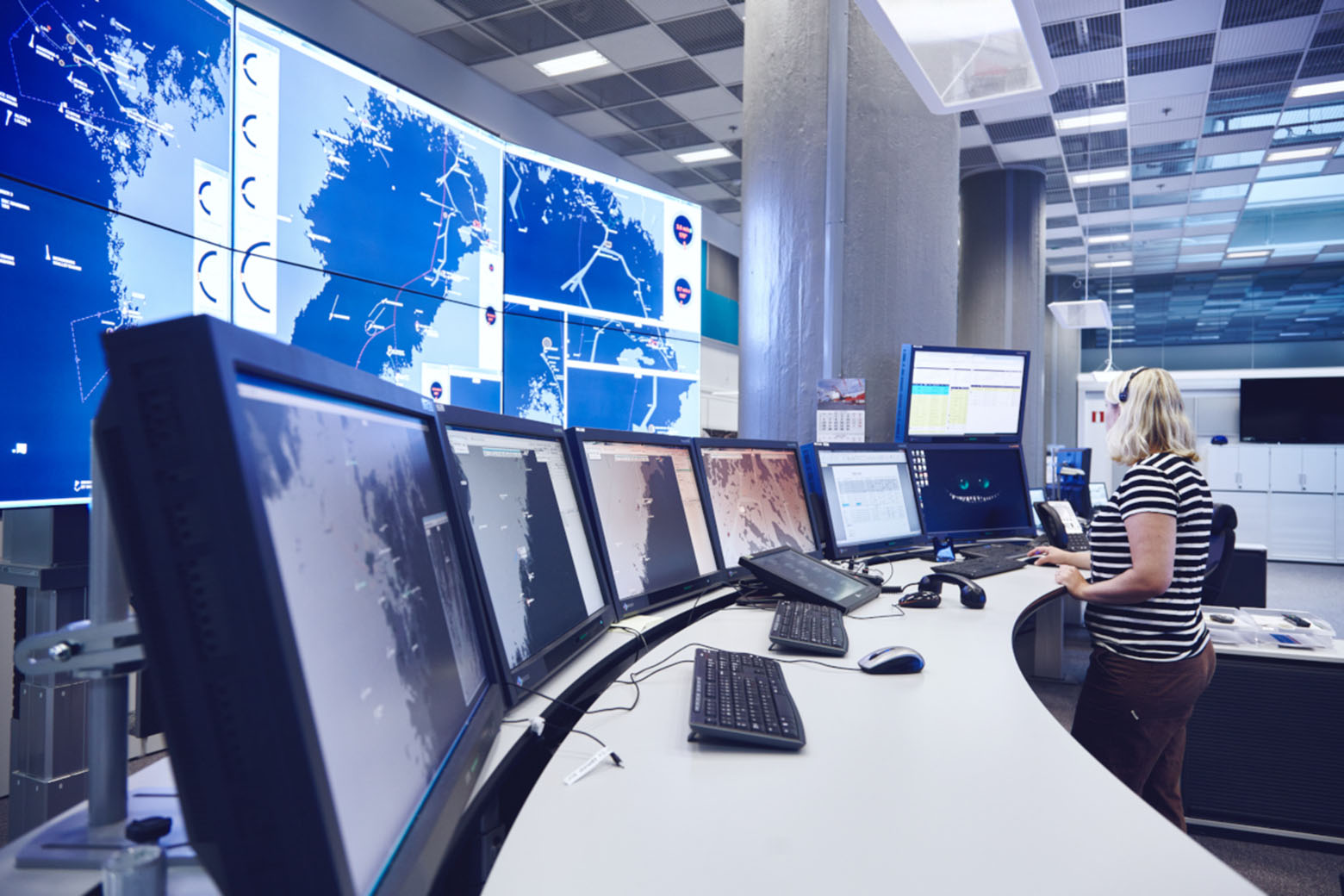In merchant shipping, it is unusual that vessels deviate from the fairway area. For example, last year, VTS operators had to intervene in only 19 such cases. In most of these cases, a deviation would probably have led to the vessel running aground, had the vessel not been advised to change its course.
“Dangerous situations may occur, for example, when the pilot has left the vessel and the vessel continues on its own. In one case, a vessel was heading towards a shoal while the captain thought that he was steering the opposite course. The reason for this turned out to be a technical fault in the navigation equipment”, says Esa Hurskainen, Deputy Head of the Gulf of Finland Vessel Traffic Centre.
Hawk’s eyes are required in Vessel Traffic Services, since any serious grounding would not only jeopardise the vessel crew, but nature as well.
“All freight vessels carry plenty of fuel, not to mention tankers. The grounding of a tanker and the consequent oil spills would be fatal for the Baltic Sea. Dangerous incidents occur each year”, says Hurskainen.
Not just accident prevention
In Finland, the Finnish Transport Agency is responsible for the three VTS centres, situated in Helsinki, Turku and Lappeenranta. Although accident prevention is one of the most important tasks of the VTS centres, the centres have many other duties as well.
“Our work mainly consists of ensuring smoother and more efficient vessel traffic by maintaining a situational picture. We monitor, for example, that vessels follow their routes and supervise that vessels comply with the international regulations”, says Hurskainen.
Not everyone complies with the rules. In such cases, the VTS centres register the offences for continued handling. The most common offences are breach of traffic rules in traffic separation schemes and give-way rules of vessels.
“This means sort of the same thing as when a speedster with an obligation to give way does not yield for a car approaching from the right. In vessel traffic, there are always certain rules that have to be complied with to ensure smooth and safe vessel traffic”, says Hurskainen.
Last year, the VTS centres registered 173 offences and 230 deviations. The deviations normally include different engine malfunctions and other technical faults. In 2017, most offences were made by vessels sailing under the Dutch, Antigua and Barbudan, and Panamanian flags.
The Finnish Transport Agency is responsible for Vessel Traffic Services in Finland. The purpose of the services is to improve the safety and efficiency of navigation, prevent marine accidents and protect the marine environment from possible adverse effects of maritime traffic. The three VTS centres are situated in Helsinki, Turku and Lappeenranta.
Enquiries
Esa Hurskainen
Deputy Head of the Gulf of Finland Vessel Traffic Centre
Finnish Transport Agency
phone +358 29 534 3251
Kari Jämsen
Head of the Saimaa Vessel Traffic Centre
Finnish Transport Agency
phone +358 29 534 3287
Hanna Linjos-Maunula
Head of the Western Finland Vessel Traffic Centre
Finnish Transport Agency
phone +358 29 534 3212

